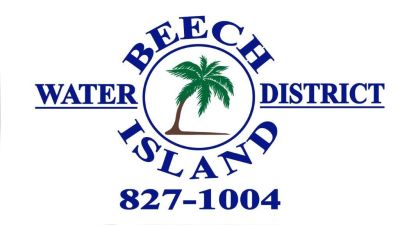Drinking Water Quality Report (Consumer Confidence Report)
Each year we make available a short report that tells where your water comes from and what is in it. See below for the most recent report available, or call our office and we will gladly assist you.
Water Quality Report
Related Documents
- 2024 Consumer Confidence Report ( PDF / 150 KB )
- 2023 Consumer Confidence Report ( PDF / 104 KB )

